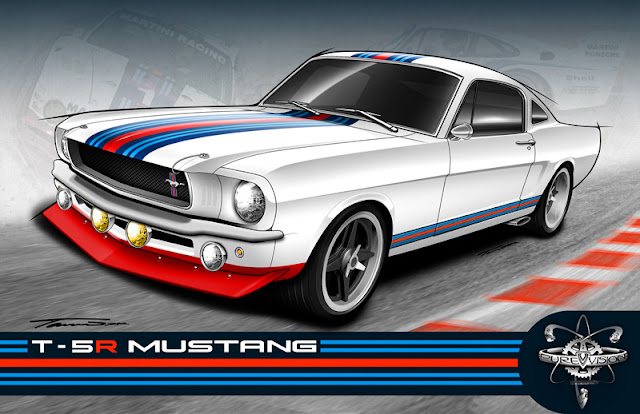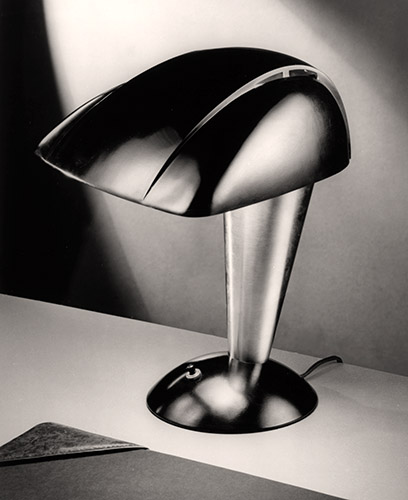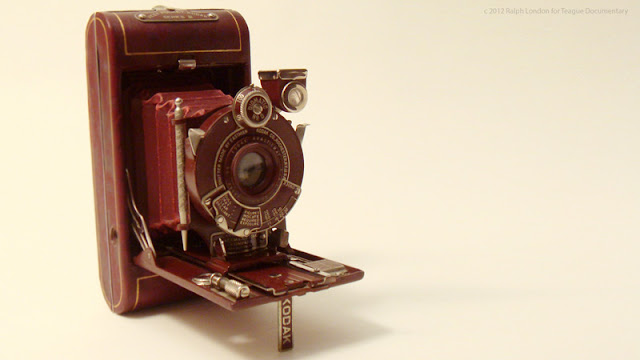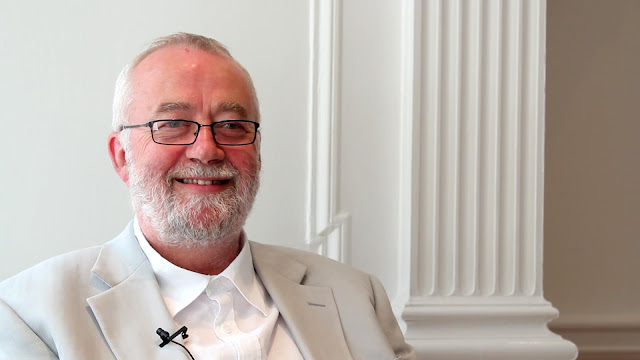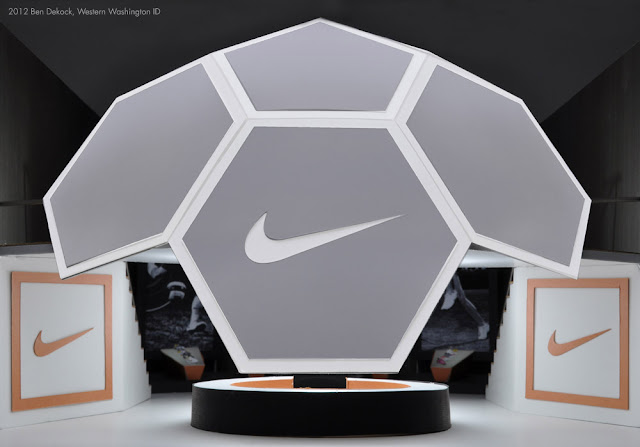The Polaroid Desk Lamp No. 114 - 1937 - photo courtesy TEAGUE Although today we associate Polaroid with instant photographs, the company was originally was founded on the invention of polarized film. Edwin Land worked with researchers to develop applications for his new film in the 1930's and were striving to find a successful product. They developed a polarizing lens filter for Eastman Kodak in 1933, which is likely how they connected with Walter Dorwin Teague. One of those experimental products was a desk lamp that emitted polarized light, reducing the reflective glare and easing eye strain. The first product was a blocky chunk of Bakelite, largely dictated by engineering constraints. Teague, with staff designer Frank Del Giudice, took those constraints and imagined a new form, the Polaroid Desk Lamp No 114. Frank was the first Teague designer to have a formal education in industrial design. (The others either came from architecture, engineering, or ...

